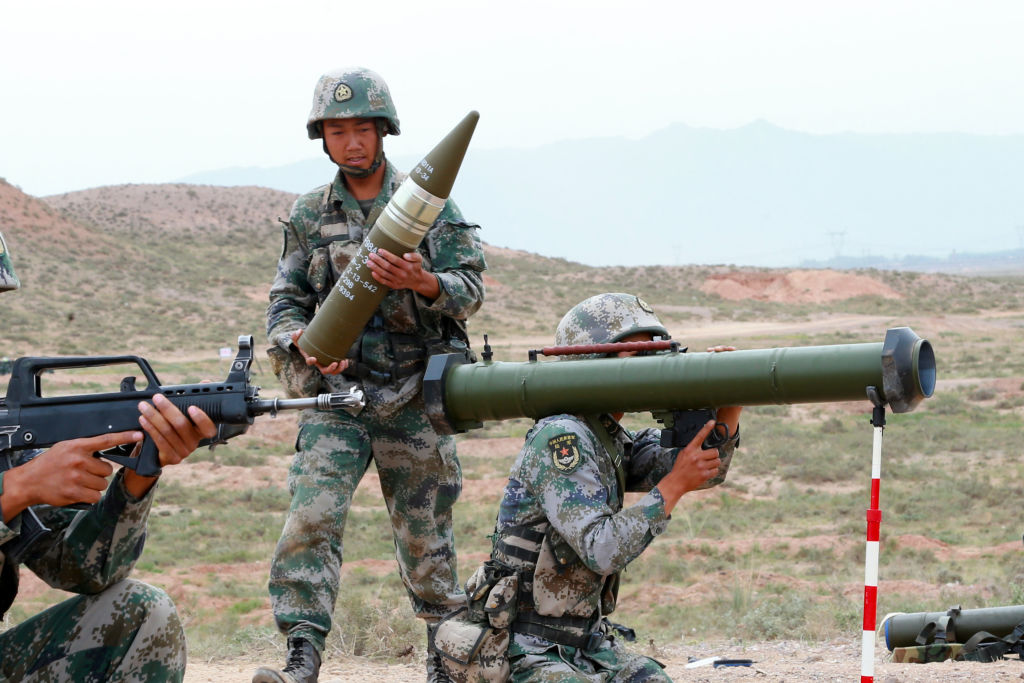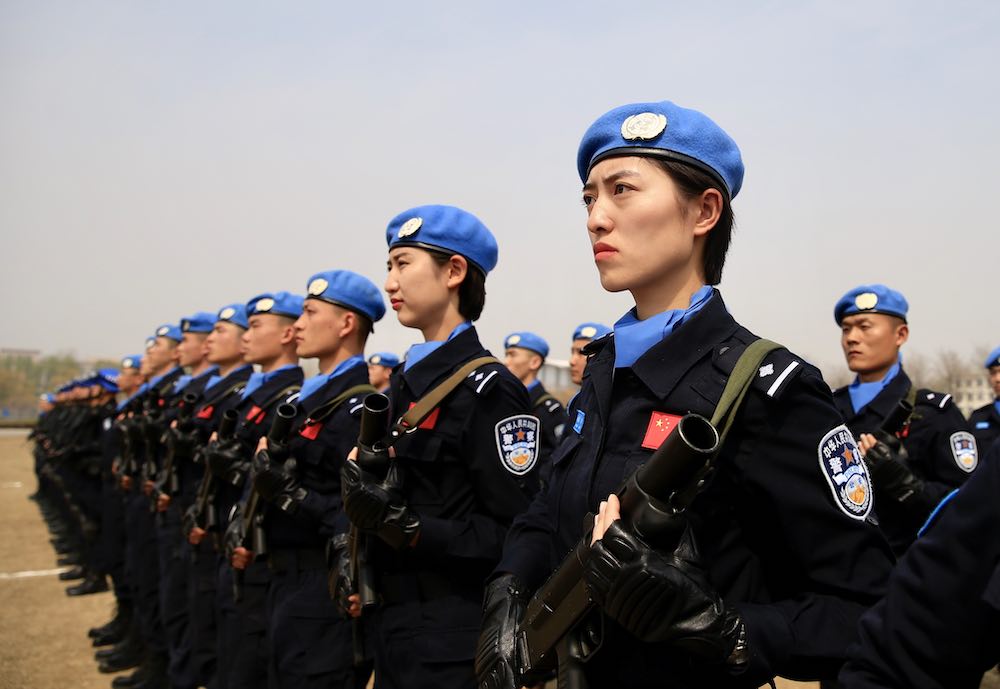Beijing, over the years, has become more focussed and explicit in recognising and explaining its security threat perceptions. China last week released its 11th national defence paper, and such white papers have come a long way since 1995, when US activity in Asia wasn’t presented as an immediate security concern.
Now, China’s obvious focus is the perceived unilateralism of US defence policies, with NATO expansion towards Eastern Europe also presented as a security threat. Alongside terrorism and extremism, increasing dangers in the field of cybersecurity, nuclear capabilities and outer space have also each been highlighted as major security concerns in this latest white paper.
It might be expected that such a document would detail threats first and foremost, but how those threats are presented is telling. A big focus of the 2019 paper is domestic threat perceptions, with Taiwan and Tibet’s demand for independence as well as the creation of “East Turkmenistan” considered acts of separatism. Even though the paper reiterates China’s military strategy as one of self-defence, it “makes no promise to renounce the use of force and reserve(s) all options of taking all necessary measures” against any external interference when it comes to its claims over Taiwan and Tibet.
The paper doesn’t clarify what meant by the term “important”, mention the name of islands, nor name any particular country as a threat to China’s claims.
Additionally, this latest white paper again stressed China’s territorial sovereignty and maritime delimitation issues as a part of a range of security risks. Beijing claims to have developed the necessary defensive capabilities to safeguard its claims in the waters of the East China Sea, South China Sea and the Yellow Sea.
The paper points out that achieving full situational awareness of these seas is necessary to defend “important waters, islands, and reefs in the region”. The paper doesn’t clarify what meant by the term “important” (as it is not a term under the United Nations Convention on the Law of the Sea), mention the name of islands, nor name any particular country as a threat to these claims, resorting instead to an ambiguous statement.
And the paper also notably ignores that China is but one of six claimants among the Spratly and Paracel group of islands in the South China Sea, and that Japan has claims in the East China Sea. Moreover, the US as other countries naval ships have been a constant presence in these waters challenging China’s excessive maritime claims.
A shift in military structure and missions
A white paper of this kind would also be expected to outline a specific role and mission for the People’s Liberation Army across both tactical and strategic levels. On the one hand, looking towards its Central Asian neighbours, Chinese forces are directed to be focussed on combating border encroachment and transnational crime. The mission is to stop infiltration by terrorists across the Afghanistan border, and further south to ensure management of the Myanmar border. It is only along China’s unresolved border with India that the task set for the PLA forces is more obviously directed at an opposing state actor.

China is seeking to make its military leaner and meaner with technological advancements. This modernisation extends from equipment to military theories and organisational structure, with the aim to turn out a world-class military by the middle of the century. Bigger is not necessarily seen as better. Over recent years, the active number of PLA personnel has reduced, although remaining steady in the PLA Air Force. With a focus on maritime and nuclear forces development, the PLA Navy and rocket forces have reportedly increased, while the PLA’s combat forces are being prepared to conduct special operations, amphibious assaults, and strategic power projection.
The fact that the White paper insists China’s national defence is a responsibility of all Chinese people can be seen as a step towards legitimatising its concept of “All People’s War” and militia. Another crucial development in this latest white paper is the establishment of inspection, supervision and auditing committees to reduce corruption within the PLA. President Xi Jinping himself will head these committees.
Revising regional security architecture
China’s vision for regional security architecture has been developed and sharpened under Xi. Since 2013, Xi has repeatedly called on other nations to shun Western-led, exclusivist, “Cold war-era thinking” about security, instead arguing via several PRC papers and statements to broaden the concept of security to be “common, comprehensive, cooperative and sustainable”. China has been participating actively in regional and global security governance (including in military and economic forums), such as Shanghai Cooperation Organisation, ASEAN and its associated organisations. This vision is a major focus of the 2019 white paper.
Beijing is actively seeking to deepen its bilateral and multilateral security cooperation with several countries. This paper tells us about China’s desire to contribute to regional and sub-regional architecture by introducing the elements of equality, mutual trust, fairness, justice, joint contribution, and shared benefits. Over the past few years, China has conducted bilateral and multilateral joint military exercises and also participated in anti-piracy and humanitarian assistance and disaster relief exercises. The Chinese military also declares an interest in increasingly participating in international responsibilities and obligations as “public security goods” under the aegis of UN peacekeeping operations. These statements and activities point to Beijing’s eagerness to take a leadership role in such arrangements, and also revise them.

Still, for all the professed good intention, the white paper’s unilateral declaration that Asia-Pacific countries are “increasingly aware that they are members of a community with shared destiny” is problematic. For all the frequent use of the phrase, China hasn’t ever explained just what is meant, and nor has any Asian country endorsed it. This hints at a deeper contradiction. The paper describes the security condition in the region as generally stable, yet nonetheless points to “major country competition” as fostering uncertainties in regional security.
Of course, inconsistency doesn’t really matter. The content of China’s 2019 defence white paper is targeted for external consumption rather than as an internal directive for its own system. The paper paints a picture for the international community about China’s domestic and regional security vision as well as its threat perceptions, current security objectives, missions, and the structural and technological development within its PLA forces.
The paper leaves the impression that the focus of Chinese military strategy is to reshape the regional security framework. The paper confesses that its forces are no match for the US, with its military ambition to ensure a stealthy force to protect its territorial and maritime claims, rather than fighting big wars anytime soon.

